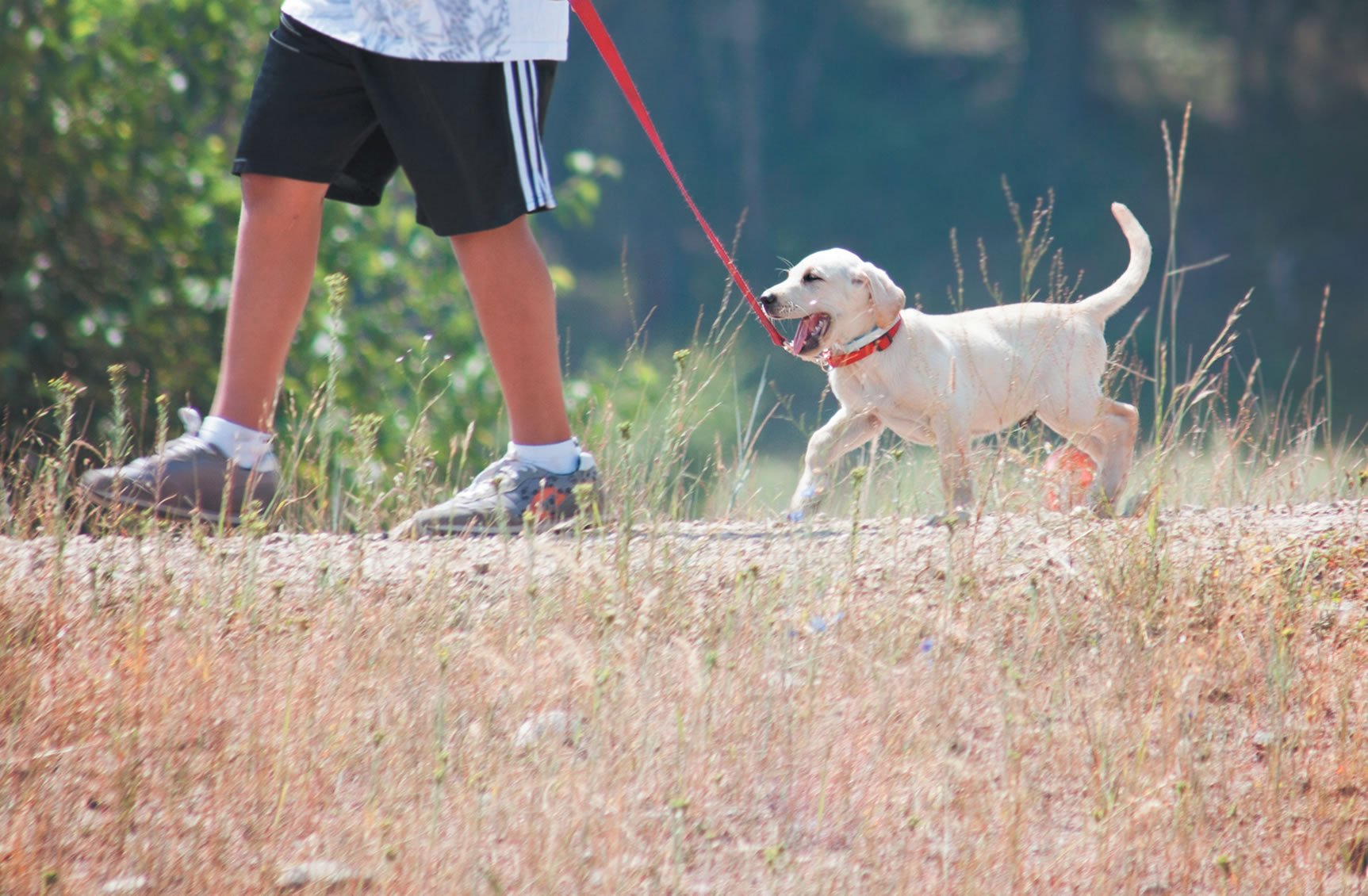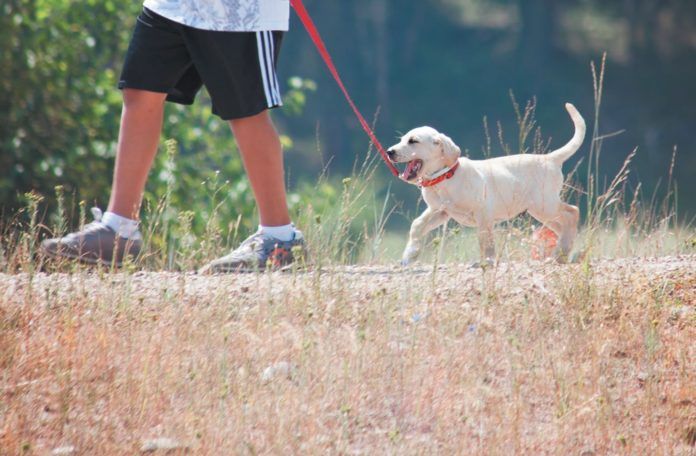
© graphicphoto | Bigstock
Many dogs are sent to shelters because they don’t learn how to take their “business” outside. It’s understandable. No one wants their home to be turned into a canine bathroom.
However, a dog’s inability to become housetrained is almost always her owner’s failure, not her own. People think it will just “happen.” It won’t.
The first thing to understand is that, on average, a dog can hold her urine for her age in months plus one. So if you bring home your puppy at 10 weeks, or two and a half months, she cannot be expected to be able to keep from urinating for more than three and a half hours. Even when she’s a little older, you’ll want to stick to the following 8-step schedule for taking your dog out until you feel confident that she has gotten the hang of outdoor voiding.
The Schedule
- As soon as she wakes up in the morning. For most young pups, that’s somewhere around 5 or 6 o’clock.
- Fifteen to 20 minutes after she’s had her first meal. A phenomenon called the gastro-colic reflex will cause a dog’s colon to begin contracting as soon as food enters her stomach; therefore, there’s a good chance your pup will eliminate solid waste shortly after she has eaten.
- Mid-morning. A young puppy simply cannot be left alone all day without soiling the house. You need a dog sitter if you can’t be home.
- After the midday meal. Even at three months of age, your dog will still be getting three or four meals a day instead of two.
- Mid-afternoon. You’re not off the hook until dinner time. That’s too long a span.
- After the evening meal. Again, use the gastro-colic reflex to your advantage.
- Early evening. Yes, it may feel like a revolving door, but you need to put in this time up front.
- Just before bedtime. A last piddle for the night is very important.
In some cases, you might be able to make it from about 11 pm to 5 am. For the puppies who can’t make it till dawn, you’ll need to set your alarm for 2 or 3 am.
This somewhat daunting routine won’t last forever — not more than a couple of months — so it’s not like the ongoing lack of sleep that occurs when raising an infant. But it’s not a snap, either.
The good news: you don’t have to take your dog for an actual walk on each outing. You can choose a designated spot, behind the garage for instance, and just let her sniff around for a good five to 10 minutes, walking back and forth on leash as she needs. Each time she goes, reward her with enthusiastic praise and a treat — right there and then. If she doesn’t go, take her back to the house and put her in her crate, closing the door behind her.
This is not punishment! It’s to build up her urge to “go.” (Dogs will work very hard not to relieve themselves in their crate, their den.) After 15 minutes, during which time you express no exasperation whatsoever (and remove her collar and leash so she doesn’t get caught on the crate’s bars) take her back outside and give it another try. If she doesn’t succeed (and it’s not her fault if she simply doesn’t feel the urge), repeat the process. Most pups learn the ropes pretty quickly.
Accidents Will Happen
No matter how often you bring a young puppy outside, there are going to be some accidents in the beginning, just as young children have accidents while toilet training. Don’t stress. Not only will it fray your bond with your dog, it will also confuse her. Once a dog has done her business, she has forgotten about it. If you start yelling when you come across it even just a few minutes later, she won’t have a clue what you’re upset about, even if you shove her face in it.
Simply clean up the mess — without anger. It’s hard to get rid of the odor of urine, especially because dogs can smell what we can’t. But a product called Zero Odor is one of the better urine scent neutralizers.





